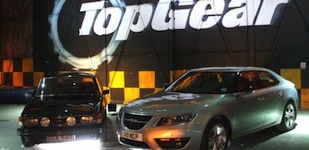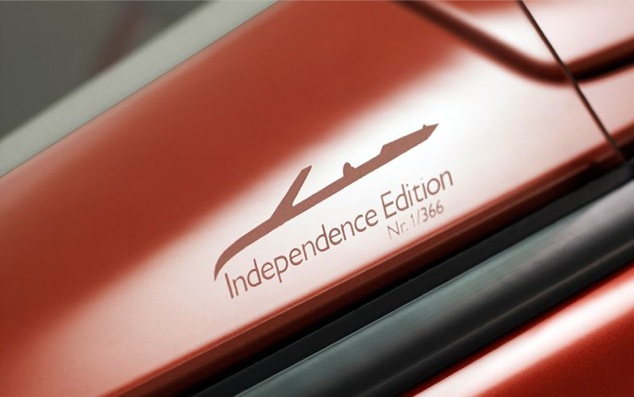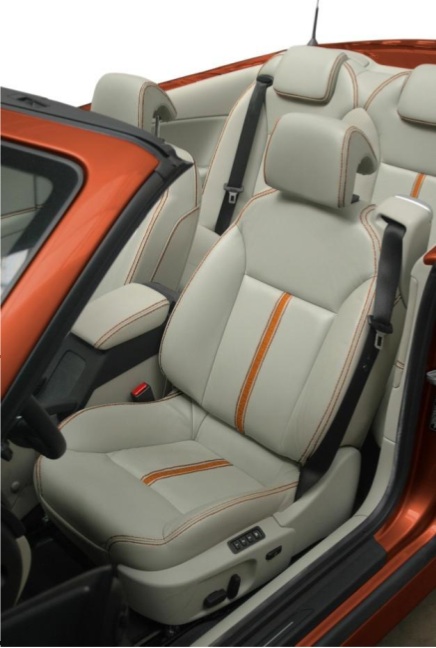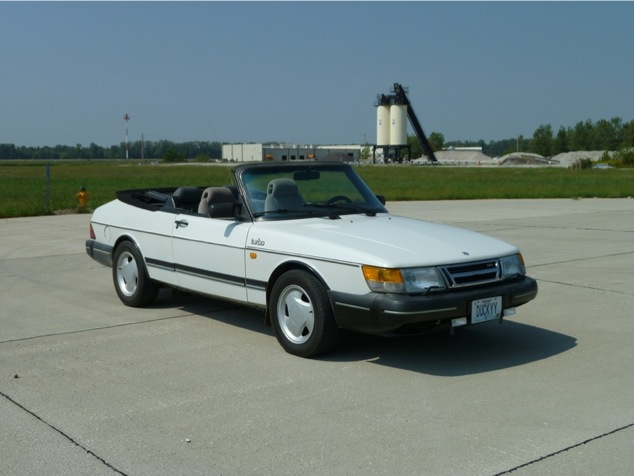
I’ve been waiting to write this obituary out of perhaps naive hope that Saab may have a future under the stewardship of India’s Mahindra or China’s Youngman, but former owner General Motors has declined to allow the licensing of Saab’s existing technology (legally GM’s intellectual property).
For the last two years, Saab has endured an agonizing series of desperate gasps and coughs. Just two years ago, under the ownership of Spyker Cars NV, production of the new 9-5 and 9-4x provided hope that the brand could survive. Saab even celebrated with a series of print ads declaring February 23, 2010 as “Independence Day,” marking the event with celebrations in Trollhattan and a limited-run Independence Edition of the 9-3, adorned in orange paint and a creamsicle interior.

This was also the first time Saab convertibles were assembled in Trollhattan. Traditionally, they were outsourced to Valmet in Finland, the same company that builds the Porsche Boxster and Cayman.

Fast Tube by Casper
Festivities were unfortunately short-lived as Saab halted production twice in 2011, struggling to pay suppliers and employees. Finally, in December 2011, after discovering that GM had no intention of ever licensing its technology to new owners, Saab filed for bankruptcy protection. Several cars remained uncompleted on the assembly line and the last rolls of sheet metal were sold in January.
As of this writing, there have been reports of Mahindra, BMW, and a Turkish holding company engaging in negotiations for pieces of Saab including the new Phoenix platform and design and manufacturing facilities in Trollhattan. While portions of Saab may find new life in the hands of existing automakers, the brand is unlikely to exist as we know it ever again.
Tonight, BBC’s Top Gear presented a fitting farewell tribute to Saab that highlighted the brand’s missteps, design gaffes, and clever innovations. This perfect storm of daftness and brilliance converges into something we enthusiasts refer to as “soul” — evidence of human thought and creativity.
Traditionally, for better and worse, Saab placed the ideas of engineers ahead of marketers, planners, and focus groups. This was, expectedly, incompatible with the methods and norms of General Motors, which for too long relied on a rigid, MBA-driven sense of order, sometimes at the expense of common sense. This two-decade relationship between GM and Saab, initiated in the late 1980s, was doomed from the beginning.
Tonight, in memory of the brand’s passing, I opened the ragtop of my 1991 900 turbo and went for an evening drive. Crystal clear skies presented a spectacular view of the moon and stars glowing above. I could feel the 2.0L I-4 buzzing quietly as the turbocharger worked its magic. Fittingly, my chosen soundtrack was U2’s “Joshua Tree” album. U2 creatively peaked in the late 80s with “The Joshua Tree” as Saab arguably did with the classic 900.
Accompanying me was my beagle, Newton, who in warmer weather is quite fond of topless motoring.

I’ve owned and enjoyed three dozen vehicles over the last decade or so, most of which were faster, plusher, and much prettier than this old Saab. None of them, however, tug my at heart strings in quite the same way. I don’t expect anyone to comprehend my affections, nor can I sufficiently explain them.

I’ll have to defer to Infiniti’s slogan from the 1990s, “Own one and you’ll understand.”
Unfortunately, in Saab’s case, most of the buying public didn’t understand, which resulted in bankruptcy.
And when a marque fades into history, it isn’t just a loss for employees and shareholders. For auto enthusiasts, it’s one less source of creativity and innovation in an increasingly bland and predictable industry. Imagine if all the genres and styles of music we enjoyed faded away, leaving us with nothing but Coldplay, the audible equivalent of room-temperature oatmeal.
I shudder at the thought.

Fast Tube by Casper
Fast Tube by Casper
Fast Tube by Casper
Sad day indeed 🙁